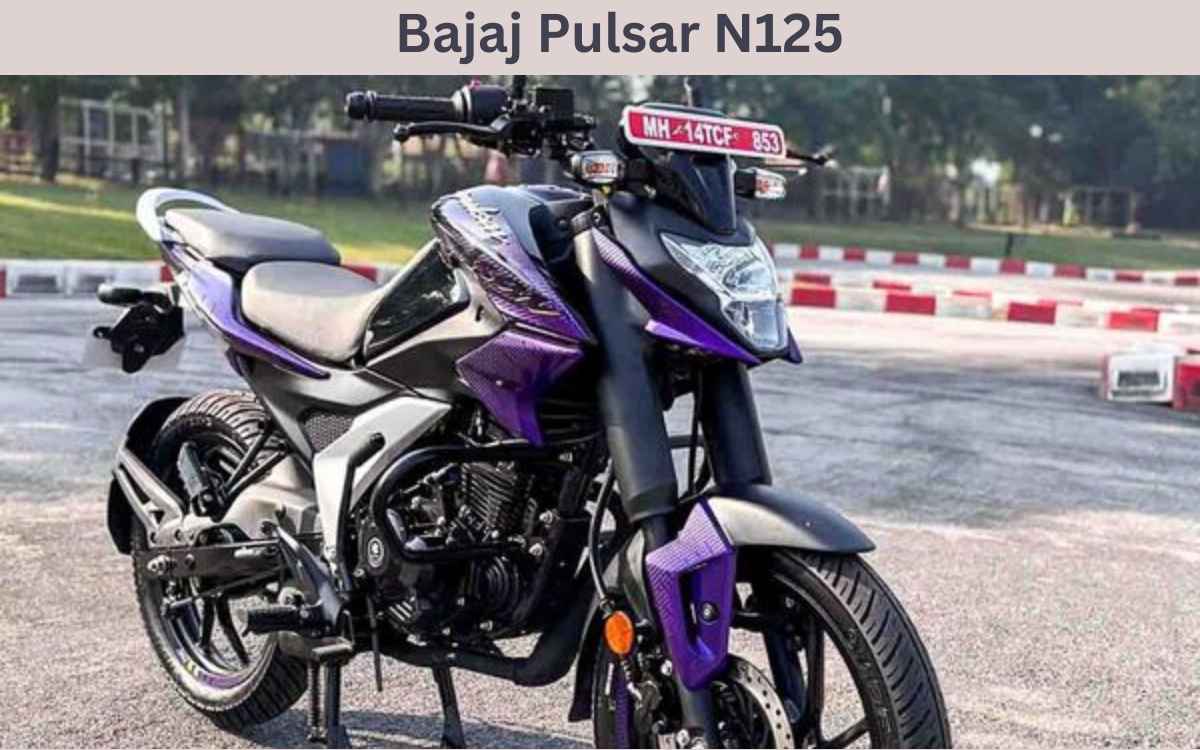Conferencing
is one of the responsibilities of scientists. Next week The Joint Meeting of The Wildlife Society and The American Fisheries Society takes place in Reno,
Nevada. If
you are attending, I assume you prepared an awesome presentation and are ready
to stand and deliver. But this will be a
large conference with 5,000 in attendance AND up to 40 concurrent
sessions each day. It’s enough to aggravate
even the most experienced conference attendee.
I offer some humble advice for you and in the process remind myself how
to be prepared to get the most out of meeting attendance.
 |
| Just because I'm in Reno, Nevada, does NOT mean I'm gambling. I am sciencing! |
Before
the Conference
Ask
yourself “What are my conference goals?”
These are personal and everyone works the conference in different ways. Maybe your first priority goal is to meet Zeb
Hogan, Host of National Geographic WILD’s Monster Fish television series, or
Shane Patrick Mahoney, President and CEO of Conservation Visions, or J. Drew
Lanham, Distinguished Professor at Clemson University. If so, don’t miss their plenary talks and make contact before the conference to
see when you might be able to touch base.
Register in advance—you’ll avoid long lines at the registration check-in
desk.
Print
and bring extra business cards. This may
seem old school but they are useful reminders that someone promised to send you
their latest report. Many exhibitors
will take and scan your business card so you can be added to their mailing
list.
Don’t
miss out on the opportunity to network with those in attendance. You need to know who will be in
attendance. If you just recently read a book by
Scott Bonar, Jesse Trushenski, Zeb Hogan, Shane Patrick Mahoney, or Drew Lanham, bring your copy and ask for a
signature.
Our career counselors always advise to “Dress for the job you
want, not the job you have. Be sure you look good, feel good and are dressed to
make a great first impression.” I
purchased two brand new shirts this week.
Create
a personal “must do” schedule that reflects your conference goals. Get
the meeting app installed on your mobile device now.
It contains maps of meeting venues,
speaker list, abstracts, exhibitors, links to social media, and much more.
I
can take my time before the conference to consider whether I will attend Laura
Wildman’s The Dynamic Landscapes of Dam Removal - a View from Above or
David Shiffman’s Publication is Just the Beginning: Using Science Communication Strategies to Make Your Research Matter. These two talks conflict Tuesday morning. But depending on which one I attend, I can
contact the other presenter and meet at one of the many networking
receptions.
During
the Conference
Check in
and dump the swag items back in your hotel room to lighten your load.
Bring
a reusable drink container for coffee and/or water, notebook, pens, business
cards, snacks, devices and chargers. I usually take both an iPad and paper
notebook so I’m prepared for either to fail.
The
Opening Night Networking Event will be held at the Reno-Sparks Convention Center. Have a list of must-see contacts. How will
you know who is speaking? Get the app. Invite people to attend your presentation or poster
and give you feedback.
Don’t
miss the tradeshow—where there will be coffee during breaks and tables with all
types of SWAG (=stuff we all get).
Attend
the society business meeting. Find out
what your society leaders are doing and how you can serve.
Take
a break to refresh.
Choose
your social media platform and know your hashtags. Use conference hashtags:
#fishnwild
#AFS149 #TWS2019
Social
media is changing the way we do science and that includes attending conferences
(Ogden 2013; Collins et al. 2016). Many science
writers follow multiple platforms, including Twitter, Facebook,
Instagram, and LinkedIn. Writer and editor
Robin Lloyd says “Twitter has become basically another major newspaper for me.
A lot of science writers are on it, so it’s really a great place to develop relationships
and see what’s going on in our field.
Don’t let anyone dismiss Twitter to you for that reason. For our goal as science communicators, it’s
massively important.” (Pinholster and Hamm 2013). Even if you don’t consider yourself an influencer,
you can start a conversation with a broader
online audience. Public outreach on
social media may quickly lead you to become a “Nerd of Trust” among your
personal network of friends and followers (McClain 2017). If you plan to tweet, consider the ten simple rules for live tweeting at scientific conferences (Elkins and Perlstein 2014). Many fish and wildlife professionals will not
be in attendance and will appreciate following the happenings on social media.

After
the Conference
Continue
the networking that you started. Add
information from business cards to your contacts list. Follow up with people on promised leads and
information. Say thanks to those people you
met who helped you learn something new and exciting.
Give
away extra SWAG you brought home. How
many extra pens do your really need in that desk drawer?
Check
the conference hashtags (#fishnwild #AFS149 #TWS2019) to find out what you missed.
Adjust to jet lag.
Congratulate yourself on taking advantage of your networking and learning opportunities.
References
Collins,
K., D. Shiffman, and J. Rock. 2016. How are scientists using social media in
the workplace? PLoS ONE 11:e0162680.
Elkins, S., and E.
O. Perlstein. 2014. Ten simple rules of live tweeting at scientific
conferences. PLoS Computational Biology
10:e1003789 https://doi.org/10.1371/journal.pcbi.1003789
McClain, C. 2017.
Practices and promises of Facebook for science outreach: becoming a “Nerd of Trust” PLoS Biology 15:e2002020 https://doi.org/10.1371/journal.pbio.2002020
Ogden,
L.E. 2013. Tags, blogs, tweets: social media as science tool? BioScience 63:148.
Pinholster,
G., and B. Ham. 2013. Science communication requires time, trust, and Twitter.
Science 342:1464.

































